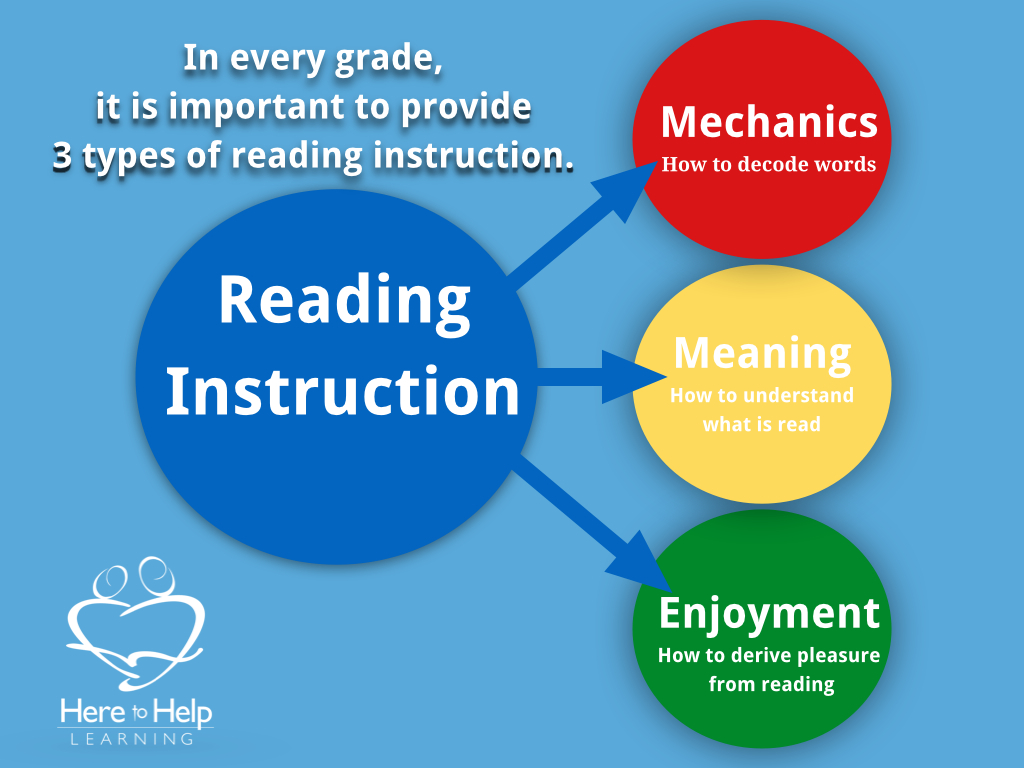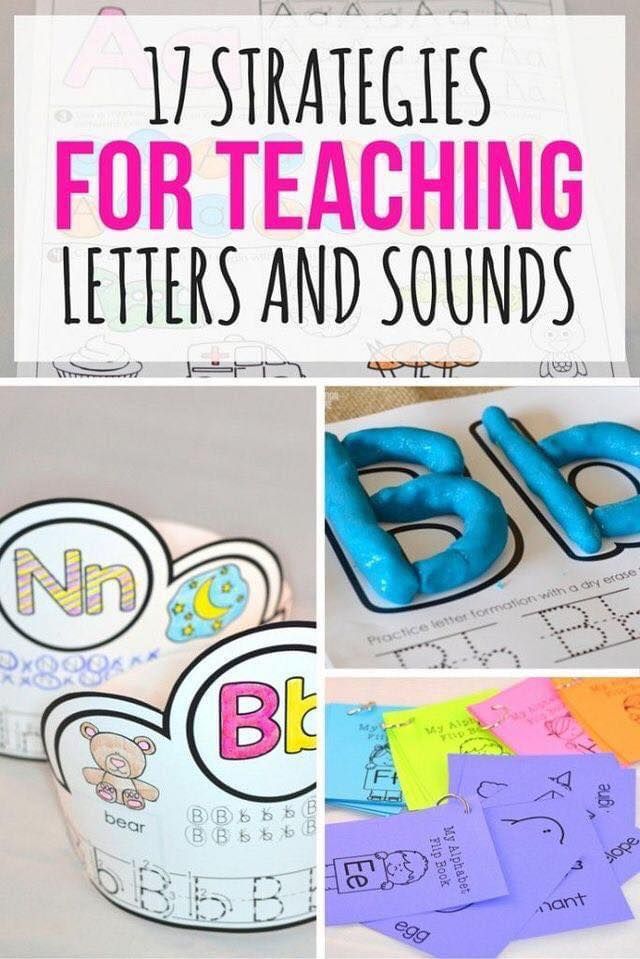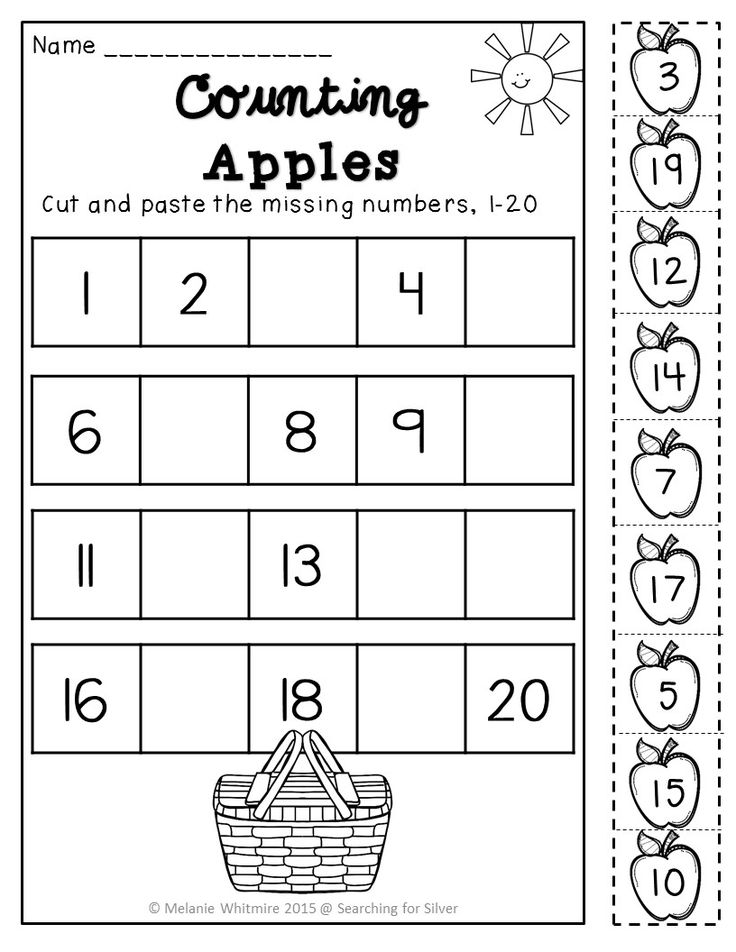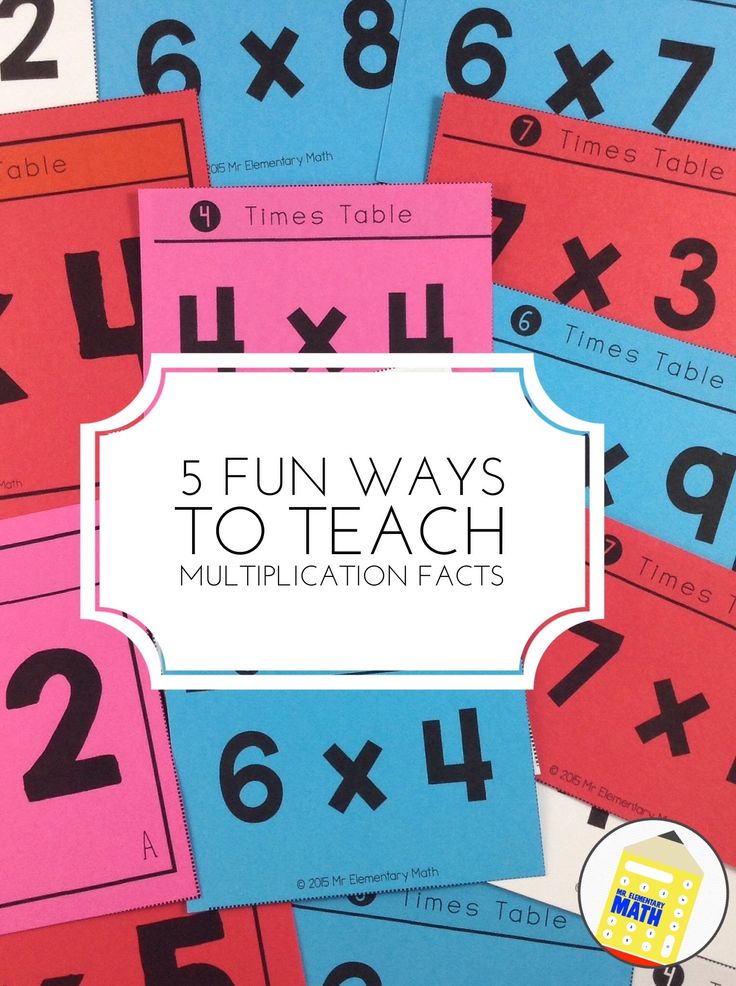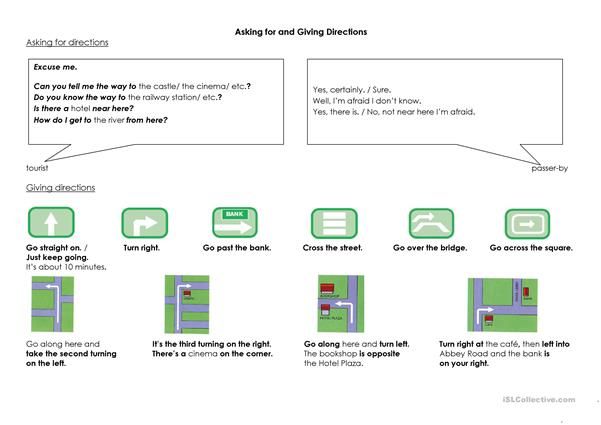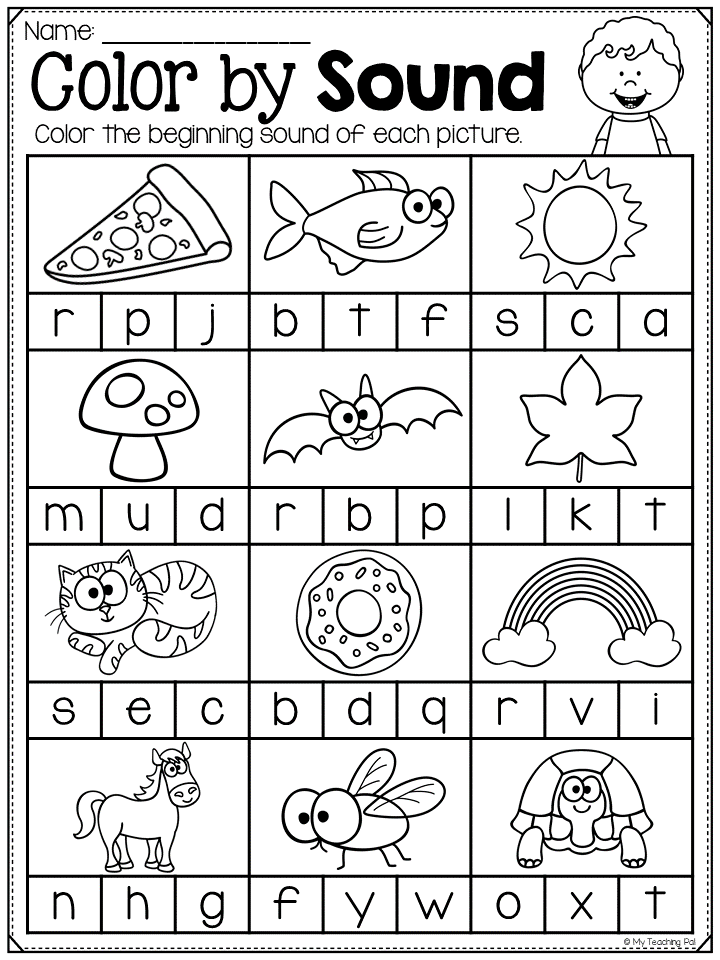Learn math basic
Learn Addition - Addition Facts
Home
Learn
Basic Math
- Addition
- Subtraction
- Multiplication
- Division
- Integers
- Natural numbers
- Even odd
factors and multiples Links
pre algebra Links
Addition means joining things together. It can also be defined as Combining collections of objects together into a larger collection is Addition.It is represented by the ‘+’ sign.
We can add the integers using the number line.
Example
I have 5 books in all.
Explanation:
Try Addition Practice or Practice with our Addition worksheets
Simple Examples
Addition: Word Problems
Simple Examples
Try Addition Practice or Practice with our Addition worksheets
Addition : Word Problems
Commutativity
If we reverse the terms in a sum left-to-right, and the result is the same as the last one.It is called commutativity of addition.
So that, if a and b are any two numbers, then a + b = b + a
Let us say 4 stars and 3 stars
- 4 stars and 3 stars = 4 + 3 = 7
- It is same as 3 stars and 4 stars = 3 + 4 = 7
- So that, 4 + 3 = 3 + 4 = 7
Example:
8 + 7
Explanation:
Let us count with 8 red blocks and 7 green blocks.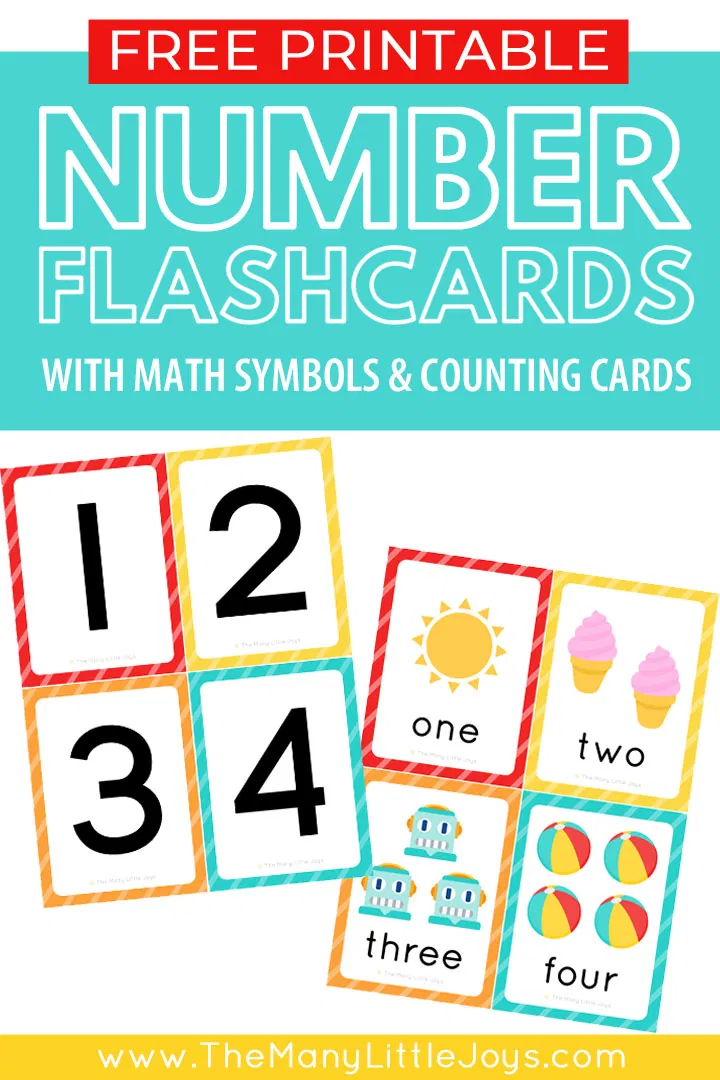
8 red blocks + 7 green blocks = 15 blocks
Let us count with 7 red blocks and 8 green blocks.
7 red blocks + 8 green blocks = 15 blocks
So that, 8 red blocks + 7 green blocks = 7 red blocks+ 8 green blocks = 15 blocks
Hence, 8+7=7+8
Associativity
For any three numbers a, b, and c, (a + b) + c = a + (b + c).
If we say, (1 + 3) + 4=?
- (1 + 3) + 4 = 4 + 4 = 8
- Now 8 = 1 + 7 = 1 + (3 + 4)
- so that, (1 + 3) + 4= 1 + (3 + 4)
Example:
(8 + 7) + 2
Explanation:
Additive Identity
When we add zero to any number, the quantity does not change.
For any a, a + 0 = 0 + a = a.
Let we say, 5 + 0 = ?
- Count 0 after five. 5 + 0 = 5
- If we say, 0 + 5. Count 5 after zero. 0+5= 5
- So that, 5 + 0 = 0 + 5 = 5
If we add two numbers any order we get the same answer.
Let us say, 4 + 6 = 10. As well as 6+4=10.
So that, 4, 6 and 10 are the members of the fact family.
A doubles fact is one in which the two addends are the same for e.
g. 5 + 5 = 10
Doubles + 1 Facts
A doubles + 1 fact is one in which one addend is only one more than the other addend for e.g. 5 + 6 = 11
Quick Tips
- We should always start to add the numbers from unit place of the given number.
- Order does not matter when we add too many numbers together.
Think
- Complete the series till comes 300. 240, 260,…….
- What is the sum of the values of 4s in 844?
- What is 8 hundreds and 8 tens together?
- When you join 2 or more groups together, do you get more or fewer objects?
- What happens to the sum when we change the order of the addends?
- Do you have to count to add 0 to any number?
- Addition
- Subtraction
- Multiplication
- Division
- Integers
- Natural numbers
- Even odd
Scroll
Become a member today!
Register (it’s Free)
Are you a member? Sign in!
Login to your accountWhat are Integers in Math
Home
Learn
Basic Math
- Comparing Integers
- Adding Integers
- Subtracting Integers
- Multiplying Integers
- Dividing integers
- Properties of Integers
- Word problems
- Addition
- Subtraction
- Multiplication
- Division
- Integers
- Natural numbers
- Even odd
factors and multiples Links
pre algebra Links
Integers are set of all negative and positive whole numbers. It also includes zero. In other words, integers are the set of whole numbers and their opposites - {...,-3,-2,-1,0,1,2,3,...}
It also includes zero. In other words, integers are the set of whole numbers and their opposites - {...,-3,-2,-1,0,1,2,3,...}
The number line is used to represent integers. Let's first understand the number line.
These numbers are to the right of zero on the number line are called
positive
integers
. They are +1, +2, +3…………
These numbers are to the left of zero on the number line are called negative integers.
They are -1, - 2, - 3…………
The integer zeros neither positive nor negative and has no sign.
Note:
The number line goes on both directions.
We move to the right to add a positive integer.
We move to the left to add a negative integer.
We move to the left to subtract a positive integer.
We move to the right to subtract a negative integer.
When two positive integers are added the result will be a positive integer.
Ex. 10 + 3 = 13
When two negative integers are added the result will be a negative integer.
Ex. (-1) + (-3) = - 4
When a positive integer and a negative integer are added, the result will be a negative or positive integer.
Ex. (-3) + 5 = 2 and 3+ (-5) = -2
We take their difference and place the sign of the bigger integer.
Additive inverses are the opposite integer to the given integer.
Let us say the number 7.
Additive inverse of an integer 7 is (– 7) and additive inverse of (– 7) is 7.
Example 1:
In a singing competition, positive points are given for correct singing and negative points are given for incorrect singing. If Sophia got points in five rounds were 50, – 15, – 10, 75 and 40, what were her total points in all five rounds?
Sophia got total 140 points in all 5 rounds.
Explanation :
We have to find total points in all five rounds.
Sophia got points in five rounds were 50, – 15, – 10, 75 and 40
= 50+ (– 15) + (– 10) + 75 + 40
= (50+ 75 + 40) + (– 15 ) + (– 10)
= 165 + (-25)
= 165 – 25
=140
Max deposited Rs 5,000 in his bank account. He withdraws Rs 3,150 from it for some
purpose. Find the balance in Max's account after the withdrawal.
He withdraws Rs 3,150 from it for some
purpose. Find the balance in Max's account after the withdrawal.
The balance in Max's account after the withdrawal is Rs. 1850
Explanation :
Deposited amount is represented by a positive integer because it is adding money
to the account.
Withdrawal of amount from the account is represented by a negative integer
Amount deposited= Rs 5,000
Amount withdrawn= Rs 3,150
The balance in Max's account= 5,000 + (-3150)
= 5,000 – 3150
= 1850
Jennifer moves for picnic from school which is far away from the school 55km north.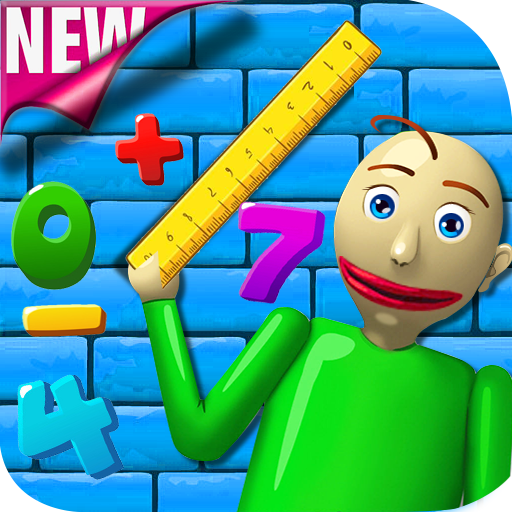 Her house is at distance of 25km south along the same road from picnic place. If
she returns back to the house after a picnic directly, how will you represent the
distance that she has to travel everyday to reach to the school towards south?
Her house is at distance of 25km south along the same road from picnic place. If
she returns back to the house after a picnic directly, how will you represent the
distance that she has to travel everyday to reach to the school towards south?
Jennifer has to travel 30km everyday to reach to the school towards south.
Explanation :
The distance towards north is represented by a positive integer and distance towards
south is represented by a negative integer.
Picnic spot from school 55km north
Her house is at distance of 25km south
Distance from house to school is 55km + (-25 km)
55km + (-25 km)
= 55 - 25
=30
Points to Remember
If any two positive integers a and b,
(-a ) × (-b) = a × b
If we take (-12) × ( -5)
First multiply both the negative numbers as whole integers.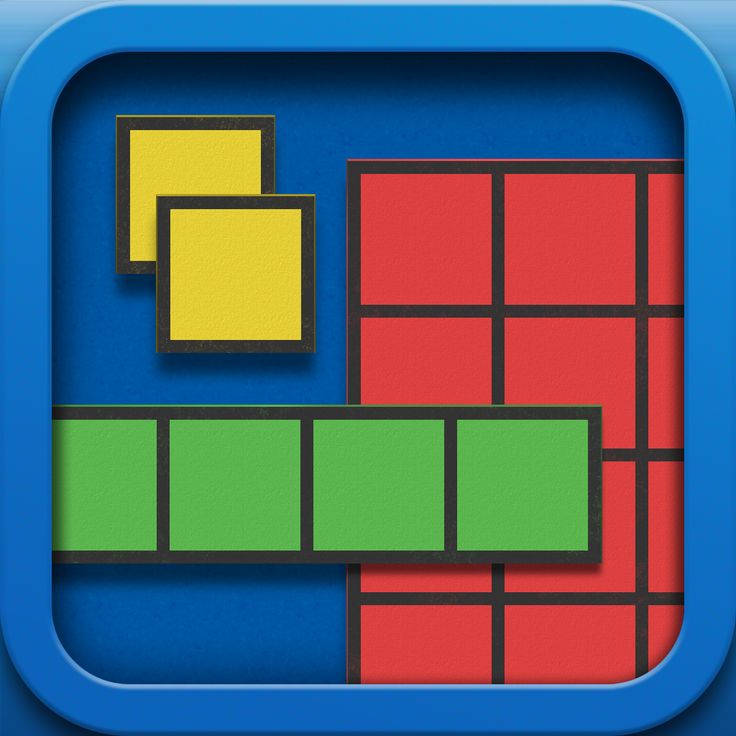 (-12) × (-5)
(-12) × (-5)
Then put positive sign before the product you obtained.
(-12) × (-5) = 12 × 5 = 60
Note:
If both numbers are positive, the product is positive.
If both numbers are negative, the product is positive.
If any two positive integers a and b,
(-a) × b = a × (-b) = - ( a×b)
If we take (12) × ( -5),
First find the product of numbers. (12)×( -5)
Then put minus sign before the product you obtained.
(12) × ( -5) = -(12 × 5) = -60
Note:
If one number is positive and the other negative, the product is negative.
If we have one number is negative and the other positive, the product is negative.
For example, (-12) × ( 5) = -(12 × 5) = -60
Example 1:
245
Explanation:
First multiply both the positive numbers
35 × 7
= 245
Example 2:
-76
Explanation:
Multiply both the negative numbers as whole integers and put then minus sign.
= - ( 38 × 2)
= -( 76)
= -76
We conclude here that if the number of negative integers that multiplied are even ( two, four, six) the product will be a positive integer but if the number of negative integers that multiplied are odd ( three, five) the product will be a negative integer.

For example,
(-3) × (-3) × (-3) = -(3 × 3 × 3) = -27 but (-3) × (-3) × (-3) × (-3)= (3 × 3 × 3 × 3)= 81
-15
Explanation:
[(– 3) × (–2)] + [(– 3) × 7]
= (3×2) + (-21)
= 6 + (– 21)
= – (21– 6)
= – 15
16
Explanation:
(– 4) × [(–3) + (–1)]
= (– 4) × [–(3+ 1)]
= (– 4) × (– 4)
= 16
-104
Explanation:
[–(8× 10)] – [(8 × 3)]
= –80–24
= – (80 + 24)
= – 104
For example, 18 × 12
We can write this as 18 × (10 + 2).
So that, 18 × 12
= 18 × (10 + 2)
= 18 × 10 + 18 × 2
= 180 + 36
= 216
There is a class test given to students which has all 10 questions of 20 marks.
Every correct answer can give 2 marks and (–1) marks are given for every incorrect
answer.
1. Elizabeth writes only 5 answers correct. What will be her score?
2. Jesson writes all 10 answers correct. What will be her score?
Elizabeth’s total score = 5 And Jesson’s total score = 20
Explanation :
For any two positive integers a and b
a ÷ (–b) = (– a) ÷ b where b ? 0
For example,
56 ÷ (–8) = –7 and 40 ÷ (–10) = –4
As well as 56 ÷ (–7) = –8 and 40 ÷ (–4) = –10
For any two positive integers a and b
(– a) ÷ (– b) = a ÷ b where b ? 0
For example, (–56) ÷ (–8) = 7 and (–40) ÷ (–10) = 4
As well as (–56) ÷ (–7) = –8 and (–40) ÷ (–4) = 10
Note:
-
When we divide a positive integer by a negative integer, we first divide them
as whole numbers and then put a minus sign (–) before the quotient.
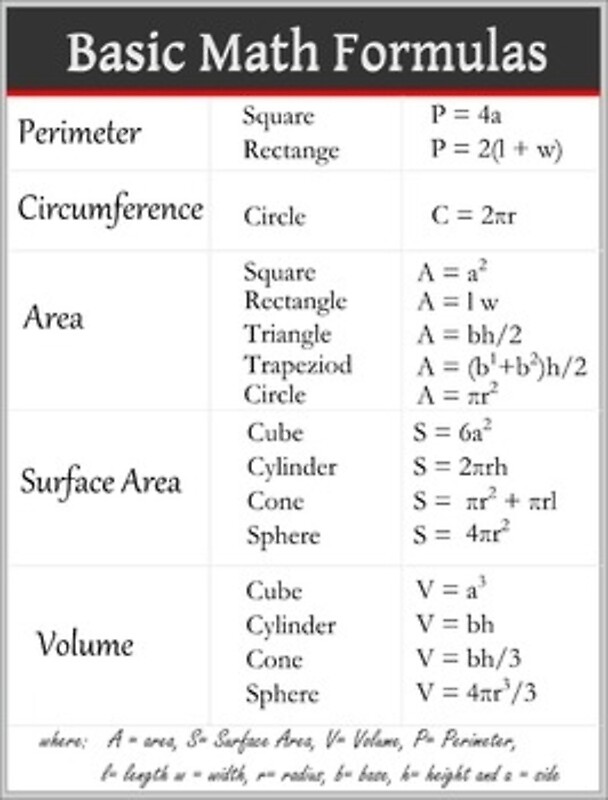
- When we divide a negative integer by a negative integer, we first divide them as whole numbers and then put a positive sign (+).
Any integer divided by zero is not defined but zero divided by an integer other than zero is equal to zero.
For example,
0 ÷ a = 0 for a 0
Any integer divided by 1 gives the same integer.
For any integer a, a ÷ 1 = a
For example,
(– 7) ÷ 1 = (– 7), (–12) ÷ 1 = –12, (13) ÷ 1 = 13
Points to Remember
Quick Tips
-
When multiply the integers the product sign depends on the number of negative integers
that multiplied are even or odd.

- When add or subtract the integers the answer sign depends on the negative integers that are bigger or smaller.
Think
- Can you write a pair of integers whose sum is negative number?
- Multiply 7 negative integers and 13 positive integers? What would be the sign of the product?
- Addition
- Subtraction
- Multiplication
- Division
- Integers
- Natural numbers
- Even odd
Scroll
Become a member today!
Register (it’s Free)
Are you a member? Sign in!
Login to your accountMathematics from scratch.
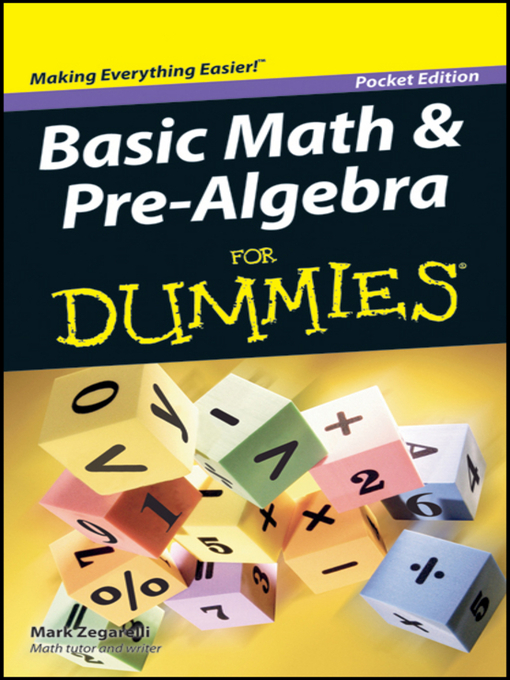 Step-by-step study of mathematics
Step-by-step study of mathematics “Mathematics from scratch. Step by Step Math for Beginners is a new project designed for people who want to learn math on their own from scratch.
Let's say right away that there are no easy solutions and statements like " Buy this book and pass math for 5" or " Master math for 12 hours " you will not see here. Mathematics is a big science that should be mastered consistently and very slowly.
The site is a math lesson, which is arranged according to the principle "from simple to complex". Each lesson covers one or more topics from mathematics. Lessons are broken down into steps. Start learning from the first step and then ascending.
Every lesson passed must be learned. Therefore, without understanding one lesson, you cannot move on to the next, since each lesson in mathematics is based on understanding the previous one. If you didn’t understand the lesson the first time, don’t be discouraged. Be aware that some people have taken months and years to understand just one single topic. Despair and despondency are definitely not your way. Read, study, try and try again.
Be aware that some people have taken months and years to understand just one single topic. Despair and despondency are definitely not your way. Read, study, try and try again.
Mathematics is well learned when a person opens a textbook on his own and teaches himself. At the same time, a certain discipline is developed, which is very helpful in the future. If you stick to the principle "from simple to complex", you will be surprised to find that mathematics is not so difficult. Perhaps even it will seem interesting and exciting to you.
What will the knowledge of mathematics give you? First, confidence. Not everyone knows mathematics, so knowing that you know at least some part of this serious science makes you special. Secondly, having mastered mathematics, you can easily master other sciences and be able to think much more broadly. Knowledge of mathematics allows you to master such professions as a programmer, accountant, economist. No one will argue that these professions are in great demand today.
In general, go for it friend!
We wish you good luck in learning mathematics!
- Step 1. Numbers
- Step 2: Basic Operations
- Step 3. Expressions
- Step 4. Substitutions in expressions
- Step 5 Beginner Shocks
- Step 6. Multiply
- Step 7. Division
- Step 8. Procedure
- Step 9. The laws of mathematics
- Step 10 Divisors and Multiples
- Step 11. NOD and NOK
- Step 12. Fractions
- Step 13. Working with fractions
- Step 14 Mixed Numbers
- Step 15: Compare fractions
- Step 16 Units
- Step 17. Using Fractions
- Step 18. Decimals
- Step 19 Decimal Operations
- Step 20: Use decimals
- Step 21 Rounding Numbers
- Step 22. Periodic fractions
- Step 23: Unit Conversion
- Step 24 Relationships
- Step 25. Proportion
- Step 26.
 Distance, speed, time
Distance, speed, time - Step 27. Direct and inverse proportionality
- Step 28. Interest
- Step 29. Negative numbers
- Step 30 Modulo
- Step 31. What is a set?
- Step 32. Adding and Subtracting Integers
- Step 33. Multiplication and division of integers
- Step 34 Rational Numbers
- Step 35. Comparing rational numbers
- Step 36: Adding and Subtracting Rational Numbers
- Step 37. Multiplying and dividing rational numbers
- Step 38: Learn more about fractions
- Step 39 Letter Expressions
- Step 40. Bracketing the common factor
- Step 41. Expanding brackets
- Step 42: Simple Math Problems
- Step 43. Problems with fractions
- Step 44 Interest Problems
- Step 45. Movement tasks
- Step 46 Performance
- Step 47. Statistics elements
- Step 48: Introduction to Equations
- Step 49: Solving Problems with Equations
- Step 50: Solving Problems with Proportions
- Step 51.
 Systems of linear equations
Systems of linear equations - Step 52: Inequality Overview
- Step 53. Systems of linear inequalities with one variable
- Step 54. Set Operations
- Step 55. Degree with natural indicator
- Step 56. Degree with integer exponent
- Step 57. Perimeter, area and volume
- Step 58. Monomials
- Step 59. Polynomials
- Step 60: Reduced multiplication formulas
- Step 61. Factoring a polynomial
- Step 62. Division of polynomials
- Step 63. Identity transformations of polynomials
- Step 64. Square root
- Step 65. Square Root Algorithm
- Step 66 Quadratic Equation
- Step 67. Quadratic equation with even second coefficient
- Step 68. Vieta's theorem
- Step 69. Factoring the square trinomial
- Step 70. Generalized concept of the modulus of a number
- Step 71 Equation with modulo
- Step 72.
 Solving Equations with Modulus by the Interval Method
Solving Equations with Modulus by the Interval Method
- Step 73. Inequalities with modulo
- Step 74. Solving inequalities with modulus using the interval method
- Step 75: Taking the square root of both sides of the equation
New lessons coming soon. Stay with us!
Join our new Vkontakte group and start receiving notifications about new lessons
Basic operations
The basic operations that are used in mathematics are addition, subtraction, multiplication and division.
In addition to these operations, there are also relational operations such as: equal to (=), greater than (>), less than (<), greater than or equal to (≥), less than or equal to (≤), not equal to (≠).
In general, operations can be divided into two types:
- action operations;
- relation operations.
Action operations are:
- addition (+)
- subtraction (-)
- multiplication (×)
- division ( ÷ ).

Operations of relation are:
- is equal to (=)
- more (>)
- less than (<)
- greater than or equal to (≥)
- less than or equal to (≤)
- is not equal (≠).
Relational operations
Let's start with relational operations. The word relationship speaks for itself. Examples from life: something is related to something. Dad is related to mom. This relationship is called marriage:
There are many examples of relationships. We can say that our beautiful world, which develops harmoniously, also consists of relationships.
If five is greater than three, then we say that "five is greater in relation to three" and write as 5 > 3 (read: five is more than three) . The acute angle of the ratio sign should be directed towards the smaller number. In this example, the number 3 is less than the number 5, so the acute angle of the ratio sign is directed towards the number 3.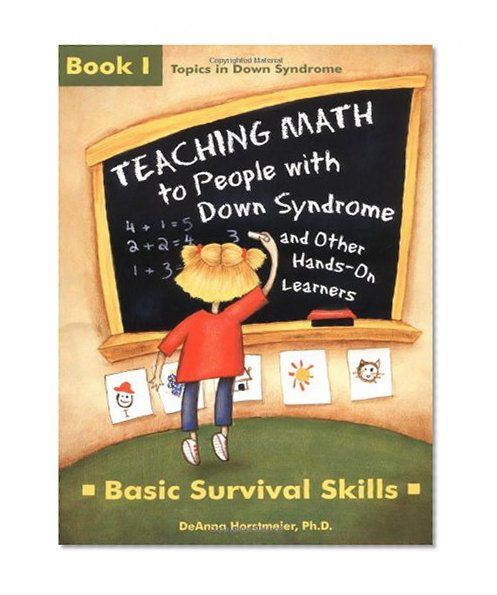
Another example. The number 11 is less than the number 15. This phrase can be written like this:
11 < 15
In mathematics, laws, formulas, equations, and functions can be written using relations. It can be written that one expression is equal to another, or some action is unacceptable in relation to some object, number, law.
For example, the famous phrase “you cannot divide by zero” is written as follows:
Let's not get ahead of events and run ahead. Let's just say that in this expression, instead of a and b , any numbers can stand. But then it says that b should not be equal to zero.
The equal sign = is placed between values and indicates that these values are equal to each other.
For example, " five equals five" is written as 5 = 5. It is clear that two fives are equal to each other. In addition to simple numbers, more complex expressions can be connected with the equal sign, for example: 9 + x + y = 4 + 5 + x + y .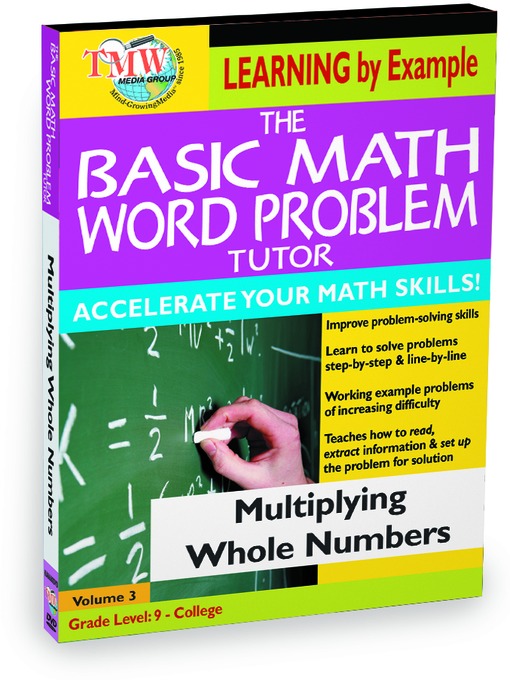
Another example: if one large watermelon weighs 20 kg, and two small watermelons weigh 10 kg each, then an equal sign can be put between a 20 kg watermelon and two 10 kg watermelons. This ratio can be read like this: "one watermelon weighing 20 kilograms is equal to the weight of two watermelons, each of which weighs 10 kg" . After all, 20 kg = 10 kg + 10 kg.
Not equal sign ≠ is placed between values when they are not equal to each other.
For example, 5 ≠ 7. Clearly, five is not equal to seven. More examples: Excellent student is not equal to the dual -breeder, the dog is not equal to the cat, tangerine is not orange :
Excellent student ≠ Two
Dog ≠ Cat
Mandarin ≠ Orange
many examples of relationships that can be interpreted from the point of view of mathematics.
Addition operation
The addition operation is indicated by a plus sign (+) and is used when adding numbers.
Numbers that add up are called terms . The number that results from their addition is called sum .
For example, let's add the numbers 3 and 2.
Write 3 + 2 = 5
In this example, 3 is the term, 2 is the second term, 5 is the sum.
In the future, quite large numbers will have to be added. But adding those large numbers will eventually come down to adding the small ones.
Therefore, you need to learn how to add small numbers in the range from 0 to 9. For example:
2 + 2 = 4
3 + 4 = 7
7 + 2 = 9
0 + 7 = 7
by writing down a few simple examples in a notebook. Believe me, there is nothing to be ashamed of.
Subtraction operation
The subtraction operation is indicated by a minus sign (−) and is used when another number is subtracted from one number.
The number from which another number is subtracted is called minus . The number that is subtracted from the minuend is called subtracted . The resulting number is called difference.
The number that is subtracted from the minuend is called subtracted . The resulting number is called difference.
For example, subtract 2 from 10.
10 − 2 = 8
In this example, 10 is the minuend, 2 is the subtrahend, and 8 is the difference.
Multiplication operation
Indicated by the multiplication sign (×) and used when one number is multiplied by another. The word multiplication speaks for itself - a certain number increases by a certain number of times, that is, it multiplies.
For example, writing 4 × 3 means that the four will be increased by three times during the multiplication operation.
The number that is increased is called multiplied by . The number that shows how many times you need to increase the multiplicand is called multiplier . The resulting number is called times .
For example, let's multiply the number 4 by 3.
4 × 3 = 12
In this example, 4 is the multiplicand, 3 is the multiplier, and 12 is the product.
4 × 3 can be understood as "repeat the number 4 three times." For example, if we have four sweets and we repeat them three times, then we get twelve sweets:
In other words, multiplying 4 by 3 can be represented as the sum of three fours:
namely, as taking something a certain number of times.
Let's say there are sweets in a vase. Take four candies one time:
4 conf. × 1 = 4 conf.
We will have four sweets in our hands.
Let's try to take four candies 2 times:
4 conf × 2 = 8 conf.
We will have eight sweets in our hands.
Let's try to take four sweets zero times, that is, never:
4 × 0 = 0
We won't have any candies on our hands, since we never took them. Therefore, multiplying any number by zero gives zero in the answer.
In some books, the multiplicand and the multiplier are called one common word - factors . For example, in the notation 4 × 3, the multiplier is 4, and the multiplier is 3, but these two numbers can still be called factors. It won't be a mistake.
For example, in the notation 4 × 3, the multiplier is 4, and the multiplier is 3, but these two numbers can still be called factors. It won't be a mistake.
In the future, we will be multiplying fairly large numbers. But multiplying large numbers comes down to multiplying small numbers. Therefore, you first need to learn how to multiply small numbers. Fortunately, they have already been multiplied and recorded in a special table, which is called multiplication table . If you live in Russia or in the countries of the former USSR, then you probably know this table by heart. If you don't know, be sure to learn!
Division operation
Indicated by the division sign (÷ or : ) and used when dividing numbers.
The number that is divided is called divisible . The number that indicates how many parts the dividend is divided into is called divisor . The resulting number is called quotient .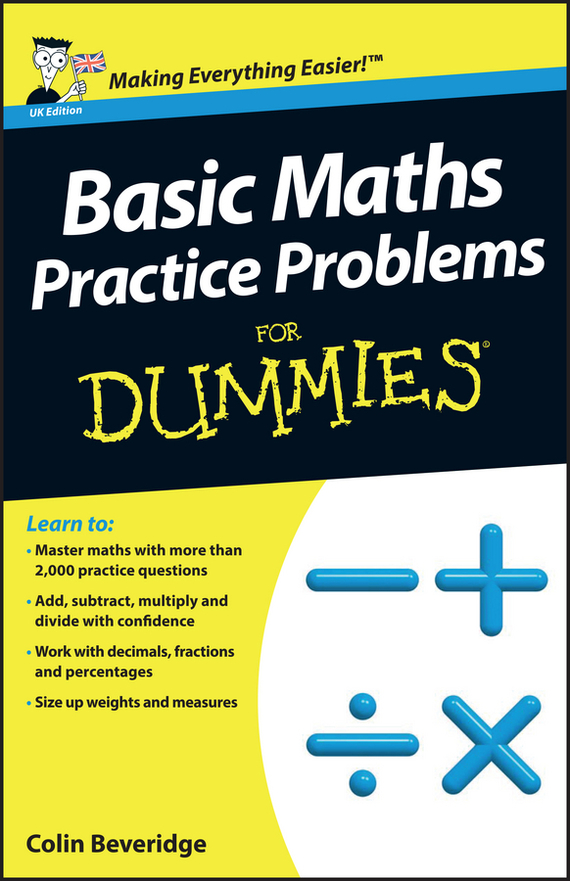
For example, let's divide the number 10 by 2.
10 : 2 = 5
In this example, the number 10 is the dividend, the number 2 is the divisor, and the number 5 is the quotient.
If we have ten candies and we divide them into two equal parts, then each part will contain five candies: Most people will solve these tasks in their minds, which of course is commendable. However, it is recommended to complete these tasks in a notebook, taking a pencil in hand. One should get used to mathematics by solving simple examples.
Task 1. Write in your notebook that 2 is greater than 1
Show the solution
Task 2. Write in your notebook that 2 is less than 3
Show the solution
Task 3. Write in your notebook that 5 is greater than 2
Show the solution
Task 4. Write in your notebook that 8 is greater than 5
Show the solution
Task 5. Write in your notebook that 10 is greater than 8
10 > 8
Show the solution
Task 6.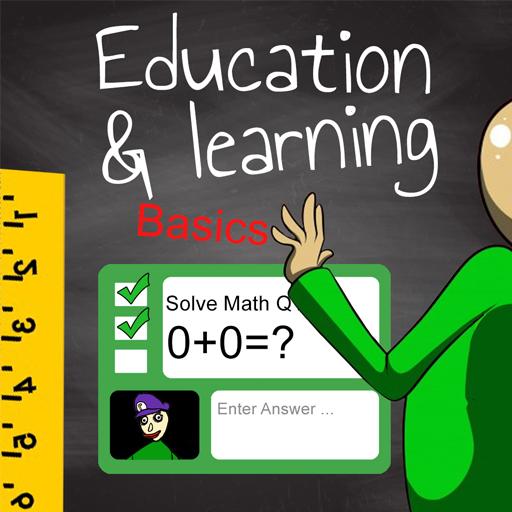 Write in your notebook that 1 is equal to 1
Write in your notebook that 1 is equal to 1
5
Show Solution
Task 7. Write in your notebook that 10 is equal to 10
10 = 10
Show the solution
Task 8. Write in your notebook that 7 is not equal to 8
Show the solution
Task 9. Write in your notebook that 15 is not equal to 12
15 ≠ 12
Show the solution
Task 10. Write in your notebook that 3 is not equal to 2
Show the solution
Task 11. Add the numbers 2 and 3
2 + 3 Show solutionTask 12 Add the numbers 7 and 2
7 + 2 = 9
Show the solution
Task 13 Add the numbers 4 and 3 and 5
10 + 5 = 15
Show the solution
Task 15. Add the numbers 12 and 8
12 + 8 = 20
Show the solution
= 3
Show solution
Task 17. Subtract from the number 9 the number 4
9 − 4 = 5
Show the solution
Task 18. Subtract the number 10 from the number 8
10 − 8 = 2 Of the 12th number 4
- 4 = 8
, show the solution
Task 20.



